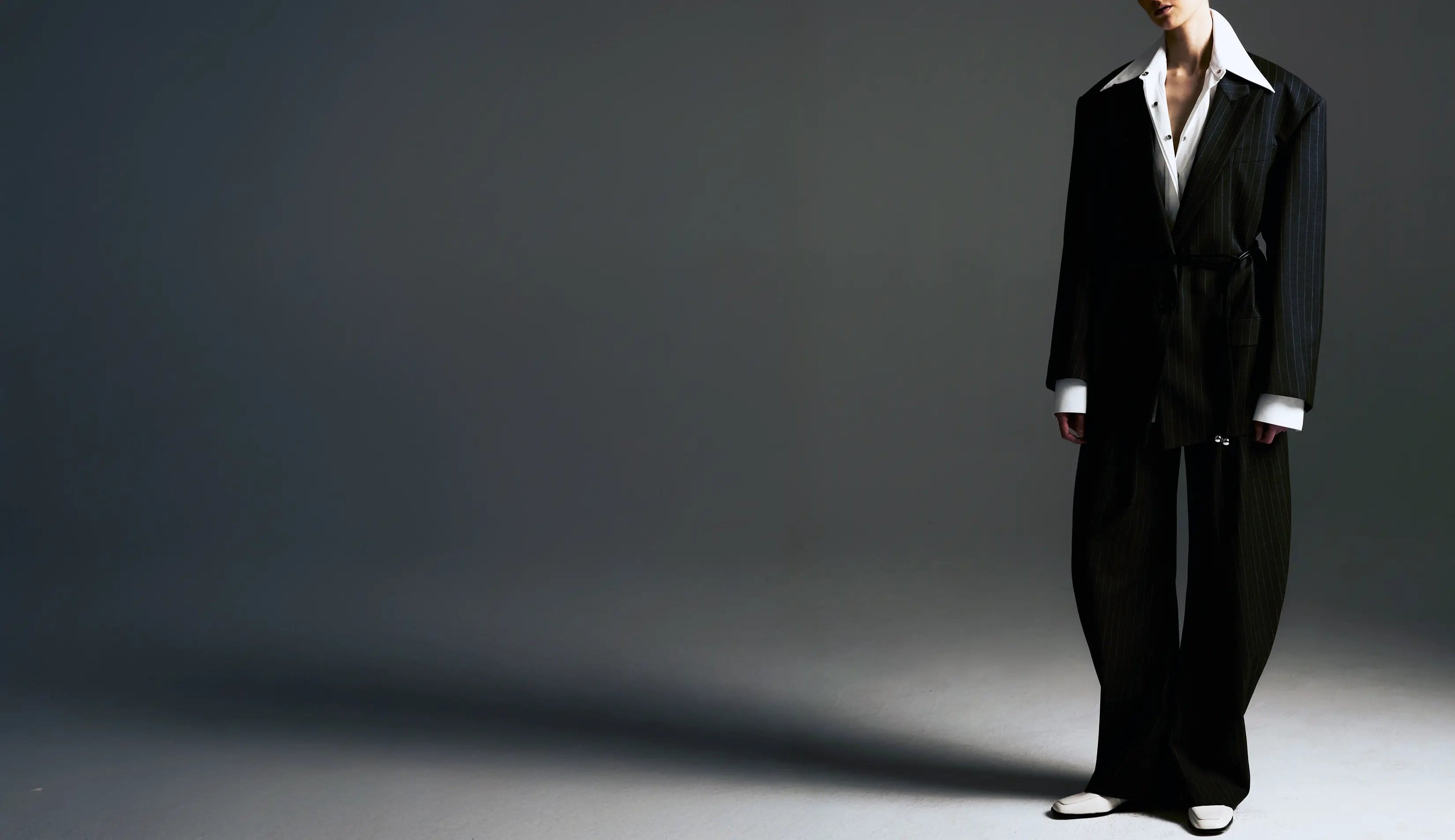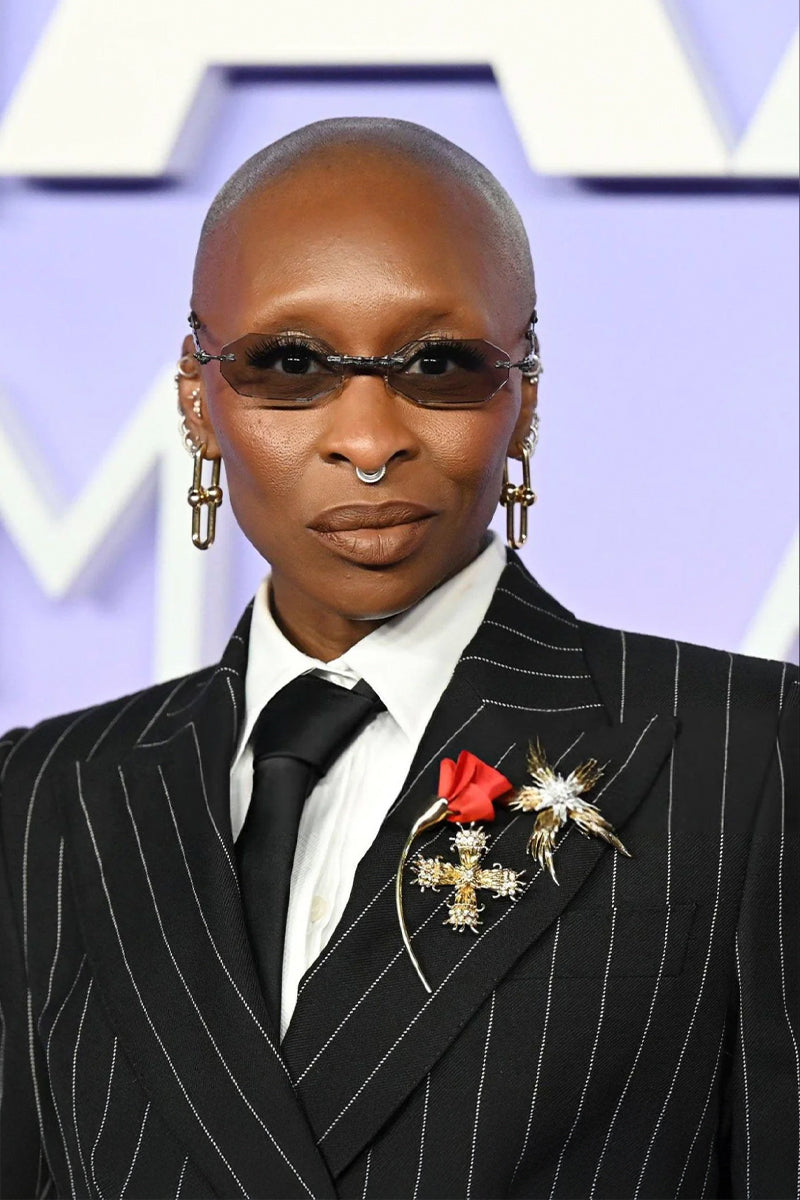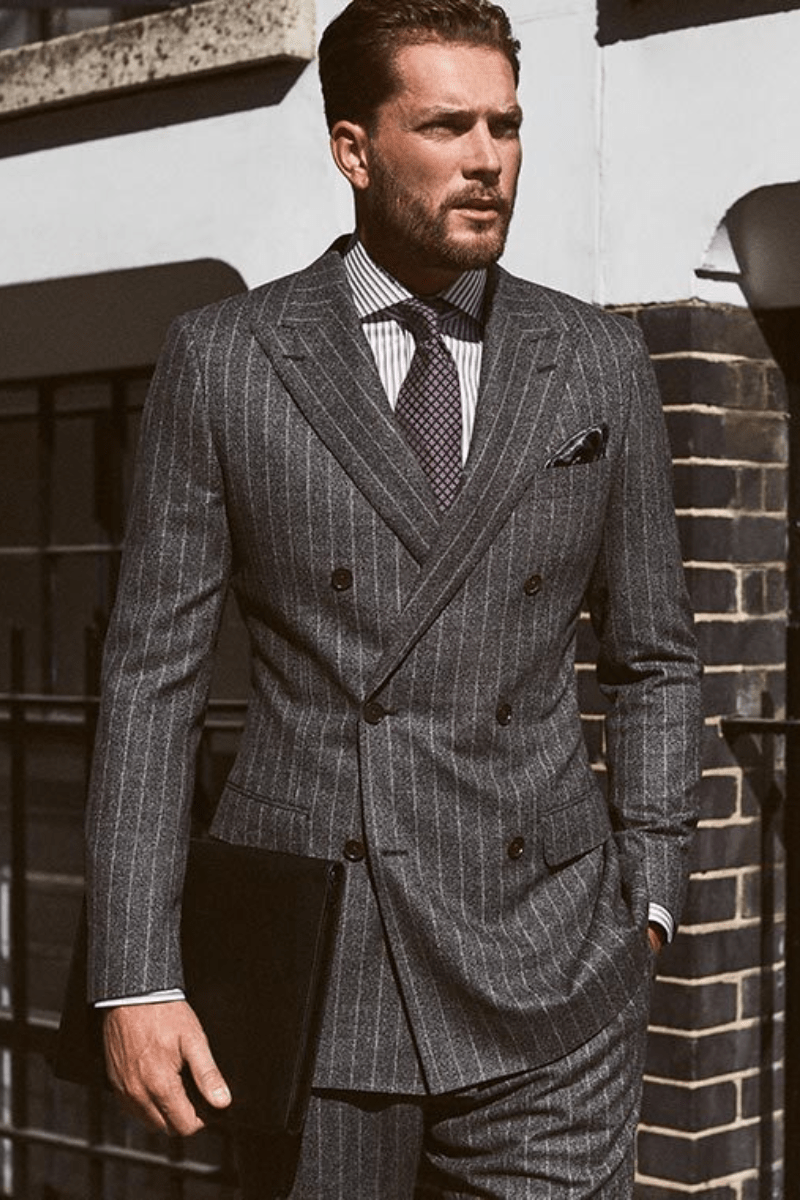Decoding Alternative Through Construction Language
Alternative wedding style finds its foundation in technical precision rather than aesthetic rebellion. The difference between successfully executed alternative style and costume-party territory lies in understanding construction fundamentals that ensure garments photograph beautifully while feeling comfortable through twelve-hour celebrations. Hand-canvassed floating chest pieces provide structure for unconventional silhouettes. Princess seams create feminine curves in non-traditional fabrics. Armscye adjustments accommodate dramatic sleeves without compromising range of motion during ceremony rituals.
Contemporary alternative wedding style embraces technical innovation that previous generations couldn't access. Laser-cut pattern pieces allow for geometric details impossible with traditional cutting methods. Modern synthetic threads offer color possibilities that natural fibers couldn't achieve while maintaining durability for keepsake garments. 3D body scanning ensures perfect fit for complex silhouettes that require multiple fitting sessions with conventional measurement techniques.
The technical vocabulary matters because precision in construction translates to confidence in execution. When tailors discuss canvassing techniques or seaming methods, they're describing the invisible architecture that supports visible style choices. Alternative wedding style often involves combining construction techniques from different sartorial traditions—corsetry methods borrowed from historical costuming, structured tailoring adapted from menswear, draping techniques inspired by couture evening wear.
Skilled artisans approach alternative wedding style challenges by understanding which traditional techniques serve contemporary needs and which require modification or replacement. French seaming ensures longevity in delicate fabrics chosen for visual impact rather than conventional durability. Hand-sewn buttonholes accommodate unconventional closure placements. Custom interfacing provides support for asymmetrical designs that challenge traditional balance points.
The key lies in maintaining structural integrity while exploring aesthetic possibilities that extend past conventional formal wear categories. Alternative wedding style succeeds when technical execution supports creative vision rather than compromising it. Couples investing in alternative wedding style deserve construction quality that matches their stylistic ambition garments built to last decades rather than surviving single Instagram moments.
Navigating Identity Through Fabric and Silhouette
Alternative wedding style frequently emerges from couples whose identities don't align with traditional wedding industry assumptions about gender presentation, body types, or cultural backgrounds. The most successful alternative wedding style solutions understand that personal authenticity requires technical adaptation rather than surface-level modification. Non-binary partners might seek silhouettes that exist between traditional menswear and womenswear categories. Trans brides often need construction techniques that create desired silhouettes while accommodating specific fit requirements. Couples incorporating multiple cultural traditions require design solutions that honor different aesthetic languages without creating superficial mashups.
Technical challenges mirror identity navigation complexities. Creating feminine silhouettes for broader shoulder frames requires understanding how princess seams function differently across various body proportions. Masculine tailoring for curvier figures demands knowledge of suppression techniques that maintain clean lines without creating uncomfortable restriction. Gender-fluid designs often incorporate modular elements—detachable trains, convertible necklines, interchangeable accessories—that allow style evolution throughout celebration timelines.
Alternative wedding style often incorporates elements from subcultures or professional identities that don't typically influence formal wear. Musicians might request details that reference instrument construction or stage performance requirements. Artists could seek silhouettes inspired by their creative work or materials that interact with light in specific ways. Athletes might prioritize construction details that accommodate their trained physiques or movement patterns developed through their sports.
The cultural fluency required for successful alternative wedding style extends past aesthetic borrowing into understanding ceremonial significance and appropriate adaptation methods. Incorporating elements from various cultural traditions requires research into their origins and meanings. Vintage-inspired alternative style needs historical accuracy in construction techniques even when updated with contemporary materials. Subculture references should demonstrate genuine connection rather than superficial appropriation.
Modern alternative wedding style increasingly addresses accessibility requirements that traditional formal wear often ignores. Wheelchair users might need modified hem lengths or specialized seating considerations. People with sensory processing differences could require specific fabric textures or seamless construction details. Visual impairments might influence color choices or tactile elements that enhance the wearing experience.
Economics of Authentic Expression
Alternative wedding style often carries different cost structures than traditional formal wear because customization requirements typically exceed standard alteration capabilities. Custom pattern development, specialized construction techniques, and unique material sourcing create investment levels that reflect the precision required for successful execution. However, alternative wedding style frequently offers better long-term value because pieces designed for individual expression often transition more successfully to post-wedding wear.
Traditional wedding dress rental or purchase assumes single-use occasions and standardized fit requirements. Alternative wedding style typically prioritizes versatility and longevity—garments designed to evolve with changing occasions and personal style development. Modular construction allows pieces to serve multiple functions. Quality materials and construction techniques ensure durability through repeated wear rather than preservation for occasional display.
The mathematics become compelling when considering the hidden costs associated with conventional wedding style that doesn't align with personal aesthetics. Compromise choices often require additional accessories, alterations, or supplementary garments to achieve desired looks. Rental options might need extensive modifications that approach custom construction costs without offering ownership benefits. Off-the-rack alternatives frequently demand professional alterations that exceed the original purchase price.
Smart couples approach alternative wedding style investment by understanding which elements justify custom construction versus which can be achieved through strategic styling of existing pieces. Statement accessories might provide alternative style impact without requiring complete wardrobe reconstruction. Thoughtful fabric choices could transform conventional silhouettes into alternative expressions. Professional styling services sometimes offer more cost-effective alternative style solutions than complete custom construction.
Contemporary alternative wedding style increasingly embraces sustainable practices that align with environmental consciousness and budget considerations. Vintage and secondhand formal wear provides authentic period details while reducing environmental impact. Custom reconstruction of existing garments often costs less than new construction while creating unique pieces. Natural dyeing techniques and eco-friendly fabrics appeal to couples whose alternative style includes ethical consumption priorities.
Cultural Code-Switching in Alternative Celebrations
Many alternative wedding celebrations navigate multiple cultural contexts that require sophisticated style solutions. Couples might need looks that honor traditional family expectations during ceremony portions while expressing personal authenticity during reception celebrations. Religious or cultural requirements could influence modesty considerations, color choices, or ceremonial garment elements. Alternative wedding style succeeds when it accommodates these requirements through clever design rather than obvious compromise.
The technical execution often requires understanding construction techniques across different cultural traditions. Indian wedding wear emphasizes specific draping methods and textile choices. Chinese formal wear incorporates particular color symbolism and closure techniques. Jewish ceremony requirements might influence neckline or sleeve construction. Islamic modesty guidelines could affect fabric opacity or silhouette proportions.
Alternative wedding style that incorporates multiple cultural elements requires distinguishing between surface appropriation and respectful integration. Successful cultural fusion demonstrates understanding of design principles and symbolic meanings rather than superficial aesthetic borrowing. Collaborating with artisans from relevant cultural backgrounds ensures authentic technique application and appropriate context awareness.
Contemporary alternative wedding style often reflects international influences that didn't exist in previous generations. Japanese minimalism influences clean-lined construction techniques. Korean beauty standards impact color palettes and proportion preferences. European vintage aesthetics inform retro-inspired alternative looks. Global fashion access allows alternative wedding style to draw inspiration from worldwide sources while maintaining local construction quality.
The cultural fluency extends to understanding generational differences within families and communities. Alternative wedding style choices might need explanation or context for older relatives while maintaining authenticity for peer groups. Successful alternative wedding style creates bridges between different cultural expectations rather than forcing exclusive choices between tradition and personal expression.
Technology Meets Tailoring Tradition
Modern alternative wedding style benefits from technological innovations that expand creative possibilities while maintaining construction quality standards. Digital pattern-making software allows for precise customization that traditional methods couldn't achieve efficiently. Automated cutting systems ensure accuracy for complex geometric designs. Computer-controlled embroidery creates details that would require prohibitive hand-work hours.
The technology integration extends to fit and measurement accuracy. 3D body scanning captures precise measurements for complex silhouettes that challenge traditional measuring techniques. Virtual try-on systems allow couples to visualize alternative style options before committing to construction costs. Digital color matching ensures accurate reproduction of specific shade requirements across different materials and suppliers.
Social media platforms influence alternative wedding style development by providing inspiration sources and community connections that didn't exist for previous generations. Instagram hashtags create style category definitions and trend documentation. Pinterest boards function as collaborative design tools for couples and their construction teams. TikTok videos demonstrate construction techniques and styling methods that democratize fashion knowledge previously limited to industry professionals.
Contemporary alternative wedding style often incorporates smart textile technologies that enhance functionality without compromising aesthetics. Moisture-wicking fabrics provide comfort during outdoor celebrations. Temperature-regulating materials accommodate varying climate conditions. Stain-resistant treatments protect investment pieces during active celebrations. LED integration creates dramatic lighting effects for evening events.
The technological capabilities also influence sustainability considerations that align with alternative wedding style values. Digital printing reduces waste compared to traditional textile production methods. On-demand manufacturing eliminates overproduction issues. Local production networks reduce transportation environmental impact. Biodegradable materials provide eco-friendly options for couples prioritizing environmental responsibility.
The Curator's Approach to Alternative Style Selection
Successful alternative wedding style requires curatorial skills that extend past aesthetic preferences into understanding cultural context, technical feasibility, and long-term wearability. Couples approach alternative wedding style selection like museum curators developing exhibitions—each element must justify its inclusion while contributing to cohesive overall narratives. The process involves research, experimentation, and refinement that mirrors professional creative development rather than casual shopping experiences.
Alternative wedding style curation begins with understanding personal style languages that exist outside conventional formal wear categories. Couples examine their existing wardrobes for themes, proportions, and details that feel authentically representative. They analyze which elements of their daily style translate successfully to formal contexts and which require modification or replacement for wedding celebrations.
The research phase often involves exploring historical periods, cultural traditions, or artistic movements that resonate with personal aesthetics. Art Deco geometry might inspire architectural wedding dress silhouettes. 1970s punk aesthetics could influence unconventional formal wear color palettes. Japanese textile traditions might provide alternative construction techniques for contemporary applications.
Experimentation requires understanding which alternative style elements work effectively in combination versus which create visual confusion or technical complications. Successful alternative wedding style demonstrates intentional choices rather than random rebellion against conventional expectations. Each unconventional element should serve specific purposes—whether cultural significance, personal meaning, or aesthetic impact.
The refinement process involves eliminating elements that don't contribute to overall style narratives or that compromise technical execution quality. Alternative wedding style succeeds through strategic editing rather than maximal unconventionality. Sometimes the most effective alternative choices involve subtle modifications to traditional elements rather than complete aesthetic overhauls.
Vendor Selection for Alternative Visions
Alternative wedding style execution depends heavily on finding vendors who understand unconventional requirements while maintaining professional construction standards. Traditional formal wear providers often lack experience with alternative style requests or technical capabilities required for complex customization. Couples pursuing alternative wedding style benefit from researching vendors with demonstrated alternative style portfolios and construction expertise.
The vetting process requires understanding which vendors possess technical skills necessary for specific alternative style requirements versus which simply market themselves as "alternative" without corresponding capabilities. Custom corsetry construction demands different expertise than men's tailoring modifications. Historical costume recreation requires specialized knowledge distinct from contemporary fashion design. Cultural fusion projects need vendors with relevant cultural background or collaborative relationships with appropriate artisans.
Communication strategies become crucial when working with vendors on alternative wedding style projects. Clear visual references, technical specifications, and timeline expectations prevent misunderstandings that could compromise final results. Many alternative wedding style projects benefit from multiple consultation sessions and fitting appointments to ensure accuracy throughout construction processes.
Budget negotiations for alternative wedding style often require different approaches than traditional formal wear purchases. Custom construction costs reflect time investment and technical complexity rather than material expenses alone. Couples pursuing alternative wedding style should prepare for investment levels that reflect the precision required for successful execution while understanding which elements justify custom construction versus strategic styling approaches.
Contemporary alternative wedding style increasingly benefits from online vendor networks that specialize in unconventional formal wear requirements. Etsy sellers offer handmade pieces that provide alternative aesthetics without full custom construction costs. Independent designers create unique pieces that balance alternative style with professional construction quality. International vendors expand option availability for couples seeking specific cultural elements or construction techniques.
Seasonal and Venue Considerations for Alternative Style
Alternative wedding style choices must accommodate practical considerations that influence comfort and photographic success throughout celebration timelines. Outdoor venues might require different fabric choices or construction modifications than indoor celebrations. Seasonal weather conditions influence color palettes, material weights, and coverage requirements. Time-of-day celebrations affect lighting considerations and formality levels.
Spring alternative wedding style often embraces lighter fabrics and brighter colors that traditional formal wear categories might discourage. Summer celebrations might require moisture-wicking materials or cooling construction details. Fall weddings provide opportunities for richer color palettes and textural elements. Winter alternatives could incorporate luxurious fabrics or dramatic silhouettes that complement seasonal aesthetics.
Venue architecture influences alternative wedding style success by providing context that either supports or conflicts with unconventional choices. Industrial spaces complement edgier alternative aesthetics. Garden venues might enhance romantic or bohemian alternative styles. Historic locations could provide appropriate backdrops for vintage-inspired alternative looks. Modern art venues might showcase avant-garde alternative wedding style effectively.
Photographic considerations become particularly important for alternative wedding style because unconventional choices often require documentation that captures their intentional nature rather than dismissing them as costume choices. Alternative wedding style benefits from photographers who understand how to light and frame unconventional formal wear. Venue lighting conditions influence fabric choices and color considerations for alternative styles.
Contemporary alternative wedding style increasingly addresses sustainability concerns that align with environmental consciousness and seasonal appropriateness. Local flower choices influence color palette development. Seasonal material availability affects fabric selection timing. Climate considerations guide construction detail priorities for comfort and durability throughout celebration timelines.
Long-Term Wardrobe Integration Strategies
Successful alternative wedding style creates pieces that integrate meaningfully into post-wedding wardrobes rather than existing solely as single-occasion garments. Contemporary couples approach wedding fashion investment with the same strategic thinking they apply to other major purchases—prioritizing versatility, quality, and long-term value over single-use spectacle. Alternative wedding style often translates more successfully to ongoing wear because pieces designed for personal expression typically align better with individual style preferences than conventional formal wear.
The modular approach increasingly defines successful alternative wedding style construction. Separates allow for multiple styling combinations that extend wearing opportunities. Detachable elements create different formality levels for various occasions. Convertible designs accommodate changing style preferences or life circumstances over time. Investment in quality foundation pieces supports alternative style expression across multiple contexts.
Alternative wedding style pieces often serve as anchor elements for developing post-wedding formal wardrobes. A custom-constructed jacket might provide the foundation for professional presentations or cultural events. Unique accessories could elevate simple contemporary outfits for special occasions. Statement pieces might become signature elements that define individual style languages.
Contemporary alternative wedding style reflects broader cultural shifts toward personalization and sustainability that influence long-term consumption patterns. Couples prioritize investment in pieces that reflect authentic personal style rather than trend-driven purchases that quickly become dated. Quality construction ensures longevity that justifies initial costs through repeated wear rather than single spectacular moments.
The integration strategies often involve understanding which alternative wedding style elements translate successfully to different social and professional contexts. Unconventional colors might work effectively in creative professional environments but require modification for conservative settings. Unique silhouettes could enhance personal style expression while maintaining appropriate formality levels for various occasions.
Future Trajectories in Alternative Wedding Expression
Alternative wedding style continues evolving as quickly as the cultural contexts that influence its development. Contemporary couples embrace technology, sustainability, and inclusivity considerations that previous generations couldn't access or prioritize. The industry slowly adapts to serve clients who refuse conventional assumptions about formal wear requirements, gender presentation, or cultural expectations.
Technological advances expand alternative wedding style possibilities through improved construction techniques, material innovations, and design accessibility. Digital pattern-making democratizes custom construction processes. Sustainable textile development provides eco-friendly options that align with alternative style values. Smart fabric integration creates functionality enhancements that support active celebration lifestyles.
Cultural awareness influences alternative wedding style development as couples navigate increasingly diverse social contexts and global aesthetic influences. International style exposure through social media platforms expands inspiration sources. Immigration patterns introduce new cultural elements into local fashion ecosystems. Generational changes shift expectations about formal wear requirements and personal expression priorities.
The economic landscape affects alternative wedding style accessibility through changing attitudes toward consumption, investment priorities, and value definitions. Couples increasingly prioritize experiences over possessions while recognizing quality craftsmanship as worthwhile investment. Alternative wedding style often provides better long-term value than conventional options because pieces designed for individual expression maintain relevance through changing trends.
Future alternative wedding style will likely embrace even greater diversity in materials, construction techniques, and aesthetic possibilities as technology expands creative capabilities while cultural norms continue shifting toward inclusivity and personal authenticity. The technical skills remain constant proper fit, quality construction, attention to detail but their application becomes increasingly personalized and culturally aware.
Contemporary alternative wedding style represents broader cultural movement toward authenticity, sustainability, and individual expression that extends past wedding celebrations into general lifestyle choices. Couples crafting alternative wedding style often apply similar curatorial approaches to home design, career development, and social engagement prioritizing meaningful choices over conventional expectations.
Alternative wedding style succeeds when it reflects genuine personal aesthetics while maintaining technical quality that ensures comfort and longevity. The most memorable alternative wedding celebrations demonstrate that authenticity and sophistication aren't mutually exclusive, they're complementary elements that create experiences as unique as the relationships they celebrate.




